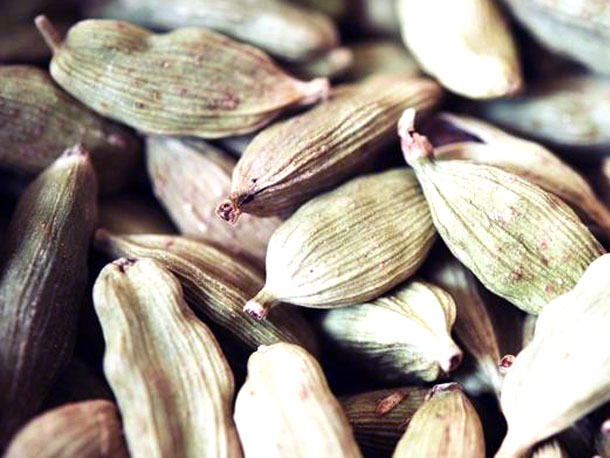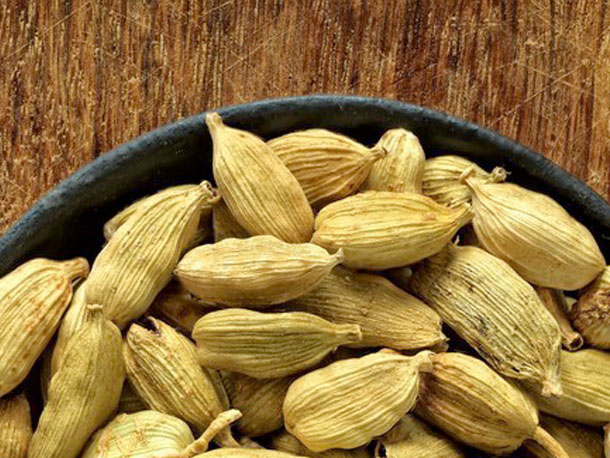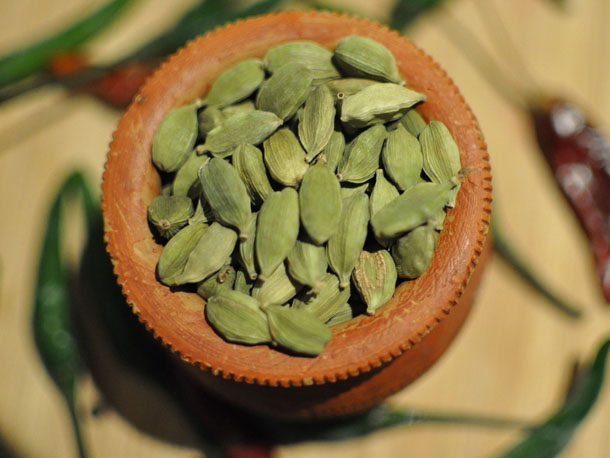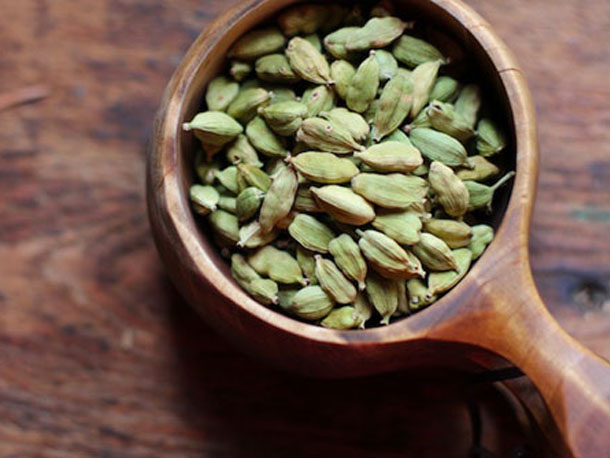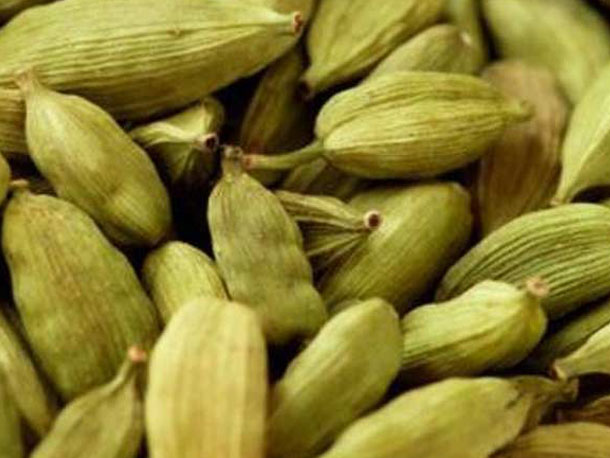Crop forecast will continue to pressure cardamom market
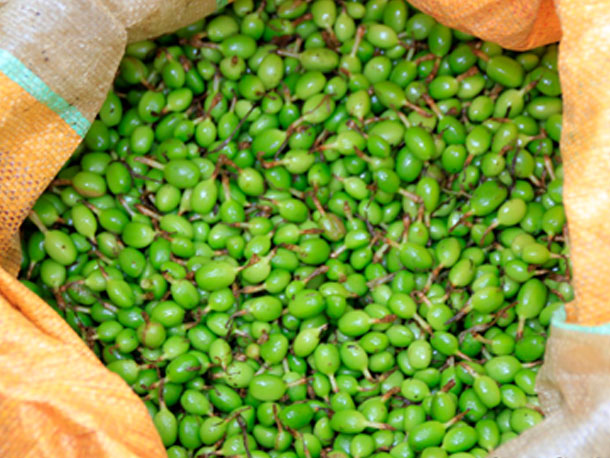
Recent trade estimates appear to verify earlier predictions that Guatemala’s 2015/16 cardamom crop would be substantially behind that of previous seasons. Moreover, early projections for the next crop (2016/17) show a further decline in output ahead.
As a result, traders anticipate potential upward pressure as soon as the new season demand kicks in.
Back in December 2015 trade forecasts varied for the 2015/16 crop. This is not unusual. One of these projections had indicated a range of 24,000 to 26,000 tonnes.
Either way, output was seen falling significantly from the 36,000 tonnes estimated for the 2013/14 crop. This would have continued a downturn already indicated for the 2014/15 season, for which some estimates gave a figure of about 30,000 tonnes while others suggested a possible 33,000 tonnes – still quite a way behind the 36,000 tonnes of the previous season.
On August 5, one Guatemalan cardamom exporter said his information showed that the 2015/16 crop was around 31,000 tonnes in total, added to which there was 6,000 tonnes of carry-over left from the 2014/15 season. This gave a total availability of 37,000 tonnes.
“At the end of 2015/16 we believe there was around 2,000 tonnes left,” the exporter explained.
One Rotterdam trader said he believed the actual total availability (crop plus carry-over) from Guatemala for the 2015/16 season was probably closer to 30,000 tonnes. “The new crop is expected to be smaller again this year, because we are in a negative cycle,” he added.
Drought impacts
The trader observed that the old cardamom plants in Guatemala are becoming exhausted and for the second year in row the country is suffering from drought conditions due to the El Niño effect. “Between January and July (2016) it was a longer dry spell than usual, the cardamom plants got exhausted and the farmers have not planted as much as they did because the prices are not attractive enough,” he said.
The Guatemalan exporter warned that the next crop is expected to start one month late. “A late crop always means a smaller crop. It is expected to be at least 15-20% less than the last crop,” he said. This would give a figure of 24,000-25,000 tonnes, which, with the addition of the 2,000 tonnes of carry-over, would give a total availability of 26,000-27,000 tonnes for 2016/17.
The Rotterdam trader gave a similar calculation on the crop figure and stocks.
Hence, there will be another shortfall in overall supply for the forthcoming season.
“So there is the potential of increasing prices in the next two to three months,” the trader remarked. “Also, that will depend on the demand, mainly from the Middle East. Last year, prices would have been much higher than what we see now but because of the high stock level, especially in Dubai early last year, prices did not really increase that much. But in the meantime, these stocks have been sold and consumed, and it is now expected that Dubai will enter into the market this season, which could again influence the prices.”
Buyers sidelined
In the meantime demand remains weak. “Usually, the demand picks up around the second half of September or early October, because cardamom is more a winter item here in Europe and that is usually the time that the new crop starts. Depending on the stock position in Europe itself we will have to wait and see what kind of reaction we will see in the market. However, we estimate that the stock position is rather low in the consuming countries, both in Europe and the US, which could trigger the market to some extent,” the trader said.
The trader noted that Europe and the US are not the major consumers of cardamom, so the more crucial demand drivers to look out for are the Middle East – particularly Saudi Arabia and Dubai. India is also to be watched closely.
“India also was not active in the market during the last five or six months and India has been a relatively big buyer for the last three or four years, importing about 5,000 tonnes,” the trader explained.
India’s purchasing has been less this year as the country had a decent sized crop of its own in 2015.
However, the country’s 2016 crop is expected to be smaller due to adverse impacts of El Niño weather. Hence, instead of its usual 24,000 tonnes the country might end up with only 18,000-20,000 tonnes, the Rotterdam trader suggested.
“If that indeed turns out to be true we could see the market on a much higher level than we see now. With cardamoms that can easily mean USD1.00-3.00 per kg higher than the current level,” the trader predicted.
India’s harvest runs from August to December, while that of Guatemala is usually from September to March.

